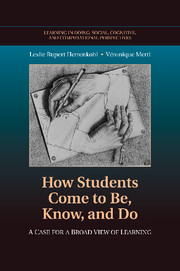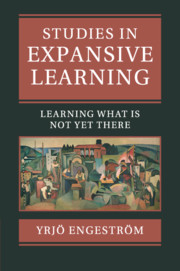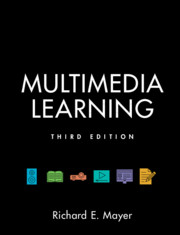How Students Come to Be, Know, and Do
Studies of learning are too frequently conceptualized only in terms of knowledge development. Yet it is vital to pay close attention to the social and emotional aspects of learning in order to understand why and how it occurs. How Students Come to Be, Know, and Do builds a theoretical argument for and a methodological approach to studying learning in a holistic way. The authors provide examples of urban fourth graders from diverse cultural and linguistic backgrounds studying science as a way to illustrate how this model contributes to a more complete and complex understanding of learning in school settings. What makes this book unique is its insistence that to fully understand human learning we have to consider the affective-volitional processes of learning along with the more familiar emphasis on knowledge and skills.
- Makes an argument for a view of human learning that engages the affective-volitional processes of becoming students alongside and in conjunction with processes of knowing
- Provides a theoretical argument as well as empirical examples
- Incorporates teacher and student interviews together with extensive transcripts to present a more complex view of student learning in school science contexts
Product details
January 2015Paperback
9781107479180
240 pages
230 × 153 × 14 mm
0.35kg
10 b/w illus. 2 tables
Available
Table of Contents
- Introduction
- 1. The context lens
- 2. How ways of knowing, doing, and being emerged in the classroom: interpersonal interactions and the creation of community, part I
- 3. How ways of knowing, doing, and being emerged in the classroom: interpersonal interactions and the creation of community, part II
- 4. Personal lens of analysis: individual learning trajectories
- Conclusion.




